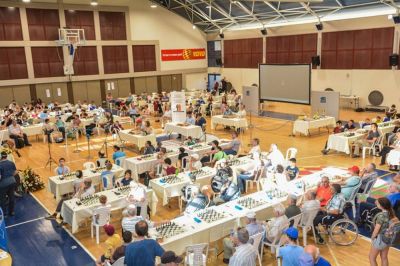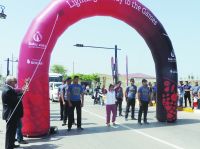During a heart attack, blood pressure can rise, fall, or stay the same. As a result, blood pressure change without other symptoms is not a reliable sign of a heart attack.
In this article, we examine how blood pressure can change during a heart attack. We also take a look at what the warning signs of a heart attack are and when to see a doctor.
Blood pressure during a heart attack
Blood pressure is the force that pumps blood around the circulatory system.
When blood flow is restricted or blocked completely, the heart muscle is starved of oxygen. This leads to a heart attack.
During a heart attack, blood pressure can go up, down, or remain constant, depending on how the body responds.
Increase in blood pressure
Blood pressure might rise during a heart attack because hormones, such as adrenaline, are released. These hormones are released when the "fight or flight" response is triggered at times of intense stress or danger.
This automatic response might make the heart beat faster and stronger.
Decrease in blood pressure
Blood pressure might drop if someone is having a heart attack because the heart is too weak to maintain it, as the muscle might have been damaged.
The severe pain a person might feel during a heart attack could also trigger an automatic response, which might lead to decreased blood pressure and fainting.
Blood pressure and heart attacks
If high blood pressure is left untreated, it could increase the risk of a heart attack.
High blood pressure can be a measure of how hard the heart is having to work to pump blood around the body via the arteries, which is why doctors monitor it.
A buildup of fat, cholesterol, and other substances within the arteries is called plaque. Over time, plaque hardens, causing the arteries to narrow. This narrowing means it takes more pressure to push the blood through the network of tubes.
When plaque breaks away from the wall of an artery, a blood clot is formed around the plaque.
Heart attacks can happen because plaque or blood clots cause the blood supply to the heart to be disrupted or blocked.
High blood pressure is not always a severe health problem, however. Even healthy people can experience raised blood pressure from time to time due to exercise or stress.
How is blood pressure measured?
Blood pressure is measured in two ways:
-
Systolic blood pressure is the pressure in the arteries, as the heart pumps blood out to the body.
-
Diastolic blood pressure is the pressure in the arteries between heart beats.
On blood pressure charts, the top number refers to the systolic pressure, while the number underneath refers to the diastolic pressure.
What is "normal" and what is "high" blood pressure?
"Normal" systolic blood pressure should not rise above 120, and "normal" diastolic pressure should not rise above 80.
"High" blood pressure is classified as a reading of 140 over 90, or above.
If the systolic blood pressure rises above 180, or if the diastolic blood pressure rises above 110, emergency care is necessary.
What are the symptoms of high blood pressure?
Most of the time, high blood pressure does not cause any symptoms. For this reason, high blood pressure can be a "silent killer." The only way to check blood pressure is by monitoring it.
What is a silent heart attack?
A silent heart attack, as the name suggests, may have few or no obvious symptoms. In some cases, people may feel tired or have flu-like symptoms, or they could experience indigestion or discomfort in their chest, back, arms, or jaw.
This type of heart attack can sometimes be worse than the regular kind, as people who have them may not receive any treatment.
A silent heart attack can only be diagnosed through an electrocardiogram or MRI scan.
Risk factors
The risk of a heart attack is increased by the following:
-
smoking
-
being overweight
-
eating an unhealthy diet
-
being physically inactive
-
drinking excess alcohol
-
having a family history of heart problems
-
having high blood pressure
-
having high cholesterol
-
having diabetes
When to see a doctor
Somebody in the U.S. has a heart attack every 40 seconds. People should see a doctor if they experience chest pain or discomfort, with or without any of the following symptoms:
-
pain in one or both arms
-
pain in the back, neck, jaw, or stomach
-
breathlessness
-
sweating
-
nausea
-
lightheadedness
A rise in blood pressure, where the systolic pressure is higher than 180 or the diastolic pressure reaches 110 or more, should also be referred to a doctor. Blood pressure in this range puts people at greater risk of having a heart attack.
© İstifadə edilərkən "Xalq qəzeti"nə istinad olunmalıdır.




















